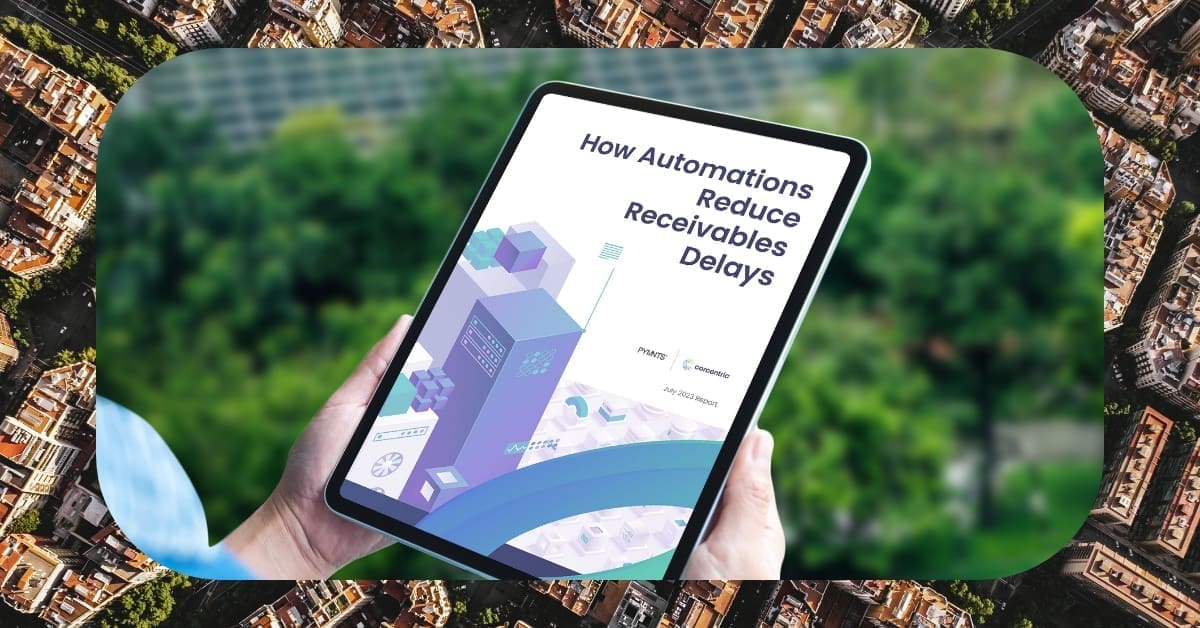Future Of Order To Cash
Corcentric

Future Of Order To Cash
A successful order to cash process relies heavily on the interaction of multiple external systems. The chosen solution must be capable of exchanging data with any third-party dependencies, including those with data entry, management, and regulatory requirements.
2. System AccessibilityThe solution must be available at all times and accessible from any device, regardless of their location. streamlined and secure login process is essential to maintain security and productivity.
3. Flexible ReportingAn intuitive reporting system is crucial, as it allows stakeholders to monitor the performance of the system, while also pinpointing areas of improvement.
4. Ease of UseThe system must be intuitive and easy to use, to ensure staff members? do not struggle to navigate or access information.
5. AutomationWherever possible, the chosen solution should be capable of automation such as automatic invoice delivery and payment processing to significantly reduce the amount of manual work and minimize errors.
6. AdaptabilityThe environment in which the system operates is constantly shifting. The solution must be capable of scaling to meet changing demands and deliver value in the long term.
When C-suite executive is looking for an order to cash solution, they must consider the aforementioned factors, among others. Choosing the most suitable solution is ultimately decision best informed by comprehensive analysis of all available options, given the organizations particular needs, objectives, and budget. The right fit will provide the foundation for successful order to cash process and ensure the longevity of business? financial stability.

